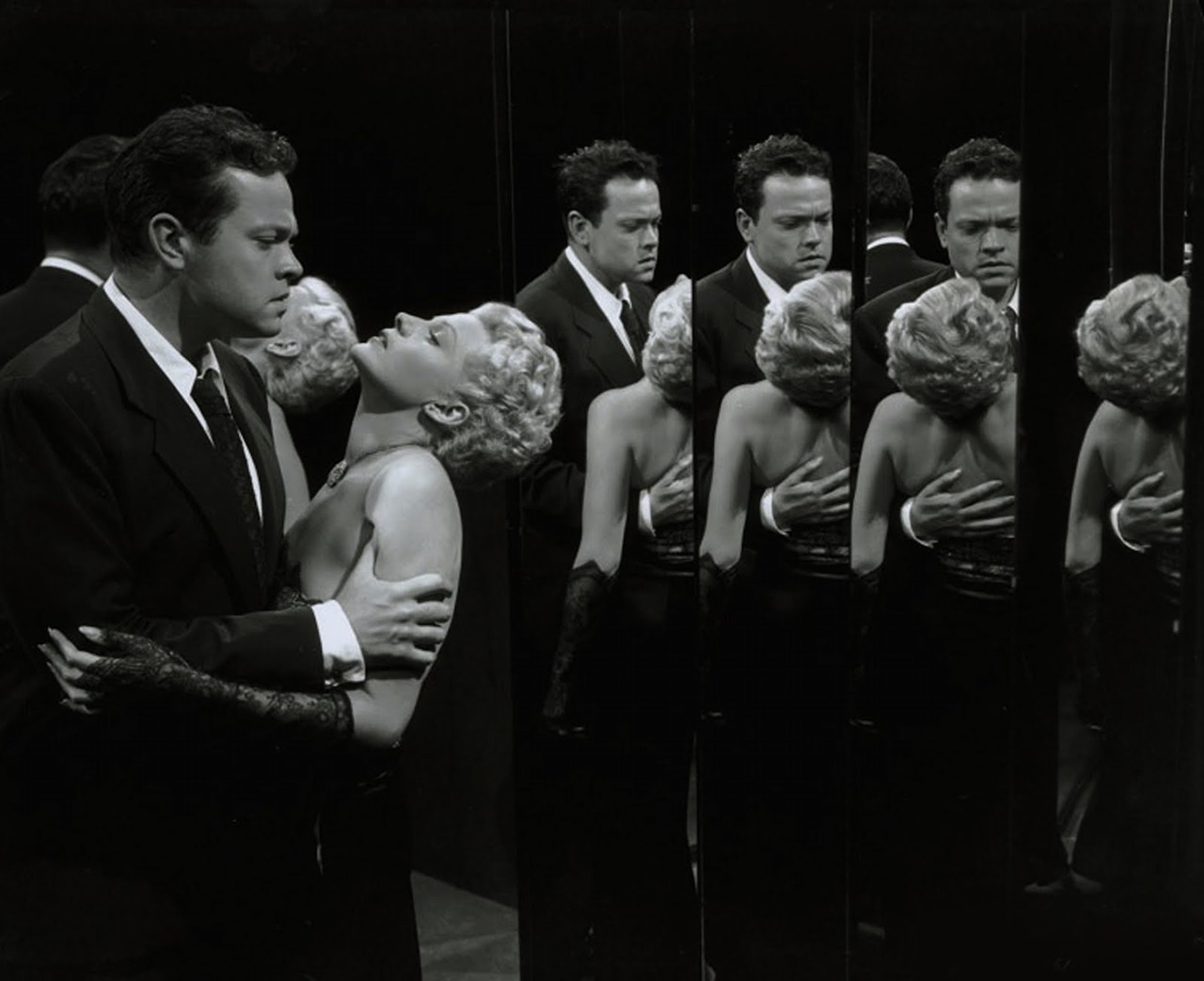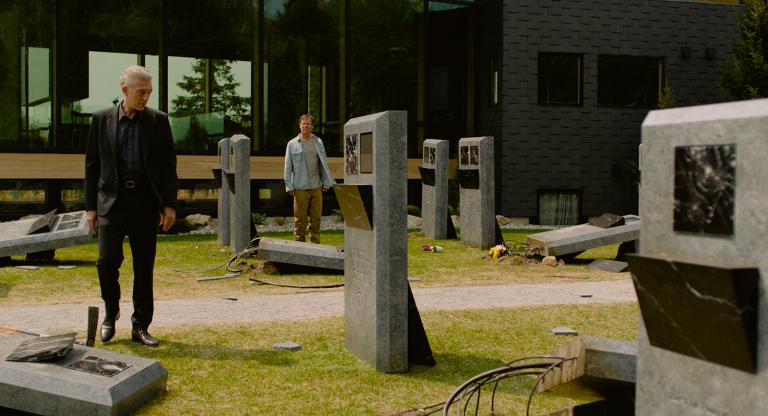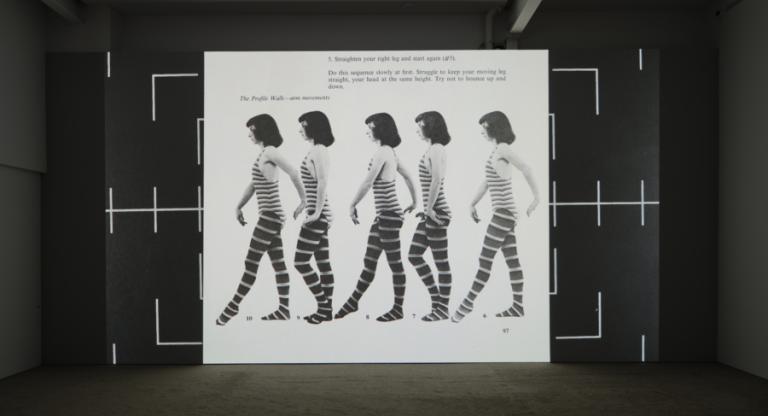Whereas most classic film noirs unfurl in dark corners, behind Venetian blinds and the desks of private eyes, the setting for The Lady from Shanghai (1947) is so expansive it wouldn’t be an exaggeration to deem it the Western Hemisphere itself, as director and screenwriter Orson Welles cracks open the genre and pours its dark contents onto the open seas. Based on Sherwood King’s 1938 novel If I Die Before I Wake, the film follows Welles’s Michael O’Hara as he gets roped into joining a married femme fatale’s yachting crew as it sails from New York City to San Francisco via the Panama Canal. One of the first major Hollywood films to be shot primarily on location, The Lady from Shanghai captures the bygone allure of port cities during the postwar era—a time when shady characters were perennially flowing in-and-out of sunny bays in desperate search of ever-elusive fresh starts.
Though justly famed for its stunning hall-of-mirrors climax, it’s the cinematography throughout the film that operates as its own hall of mirrors by reflecting the characters’ multifaceted personas onto the various locales they visit, which also prove to be gorgeous and terrifying depending on the angle from which they are framed. This undercurrent of violence creeps beneath even the most innocuous places: a horse-drawn carriage in Central Park is attacked; a crocodile lurks in the river during a picnic in Mexico; a murder plot unfolds whilst on a dock in Sausalito. No place and no person can be trusted: lawyers are criminals and murderers are heroes. Welles fought to shoot the film on location and it is thanks to that realism the film’s bleak outlook haunts to this day, as it attests to a wicked world that can never be escaped.
Rita Hayworth, a woman who was familiar with the feeling of being trapped, anchors the film in her superb performance as Elsa. Like Elsa, Hayworth was often caught between men so enamored with her looks that they elected themselves her protectors, and then acted like her captors. When Hayworth’s husband at the time, Welles, instructed her to cut and bleach her famous red hair for the part, studio head Harry Cohn—who had spent years molding Hayworth’s image, pressuring her to change her “exotic” name and face—was so furious he claimed Welles had “ruined” her and blamed the film’s low box office on it. The success of Gilda the year prior had made it so that Hayworth’s bombshell image was literally out of her control; it was even placed onto an atomic bomb in homage. Though outraged, Hayworth was prevented from denouncing it by Cohn, who told her it would seem unpatriotic to do so. It comes as no surprise then that she’s tragically convincing as a woman yearning to break free from the men in her life, at any deadly cost.
The Lady from Shanghai screens this Saturday and Sunday, November 30 and December 1, at the Balboa Theatre.




